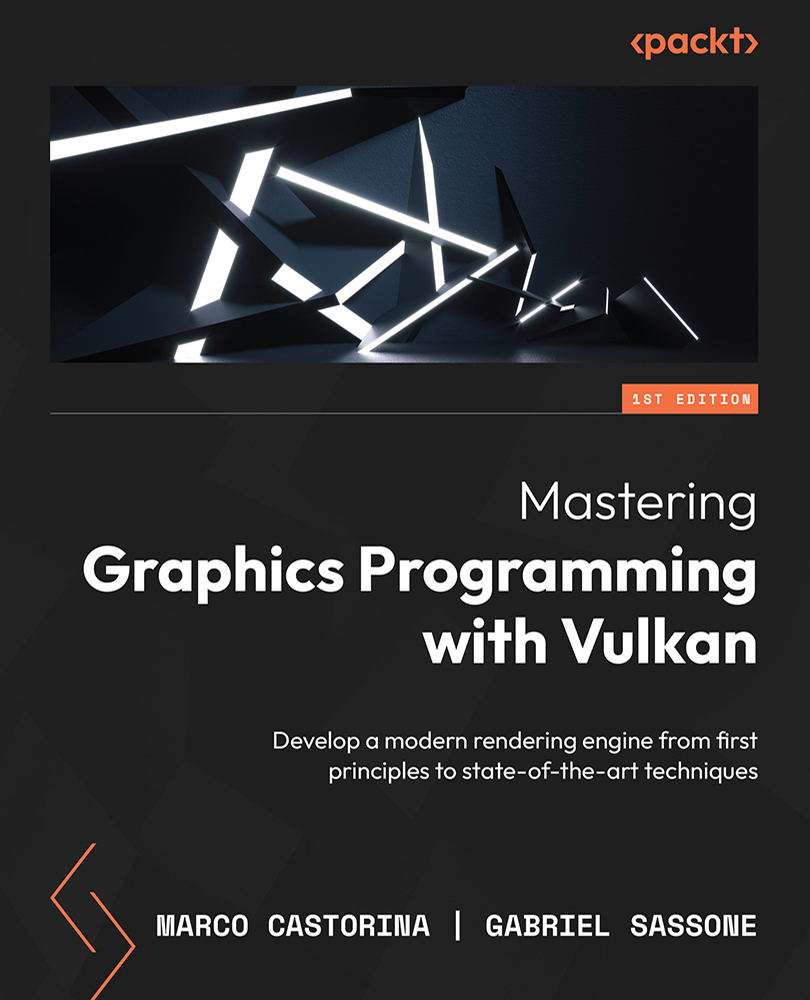A brief history of clustered lighting
In this section, we are going to explore the background of how clustered lighting came to be and how it has evolved over the years.
In real-time applications, until the early 2000s, the most common way to handle lighting was by using the so-called forward rendering, a technique that renders each object on the screen with all the information needed, including light information. The problem with this approach is that it would limit the number of lights that could be processed to a low number, such as 4 or 8, a number that in the early 2000s would be enough.
The concept of Deferred Rendering, and more specifically, shading the same pixel only once, was already pioneered by Michael Deering and colleagues in a seminal paper called The triangle processor and normal vector shader: a VLSI system for high performance graphics in 1988, even though the term deferred was still not used.
Another key concept, the G-buffer, or geometric buffer, was pioneered...


























































